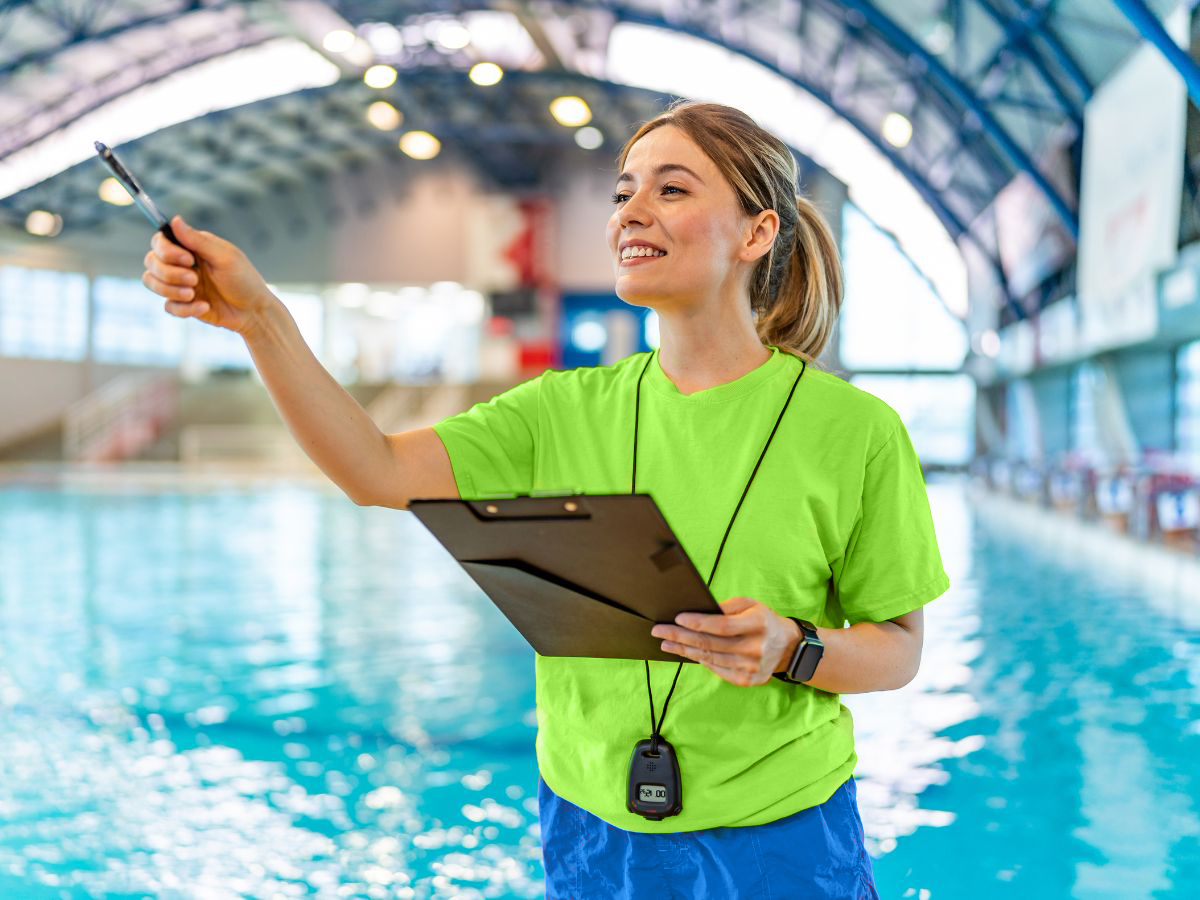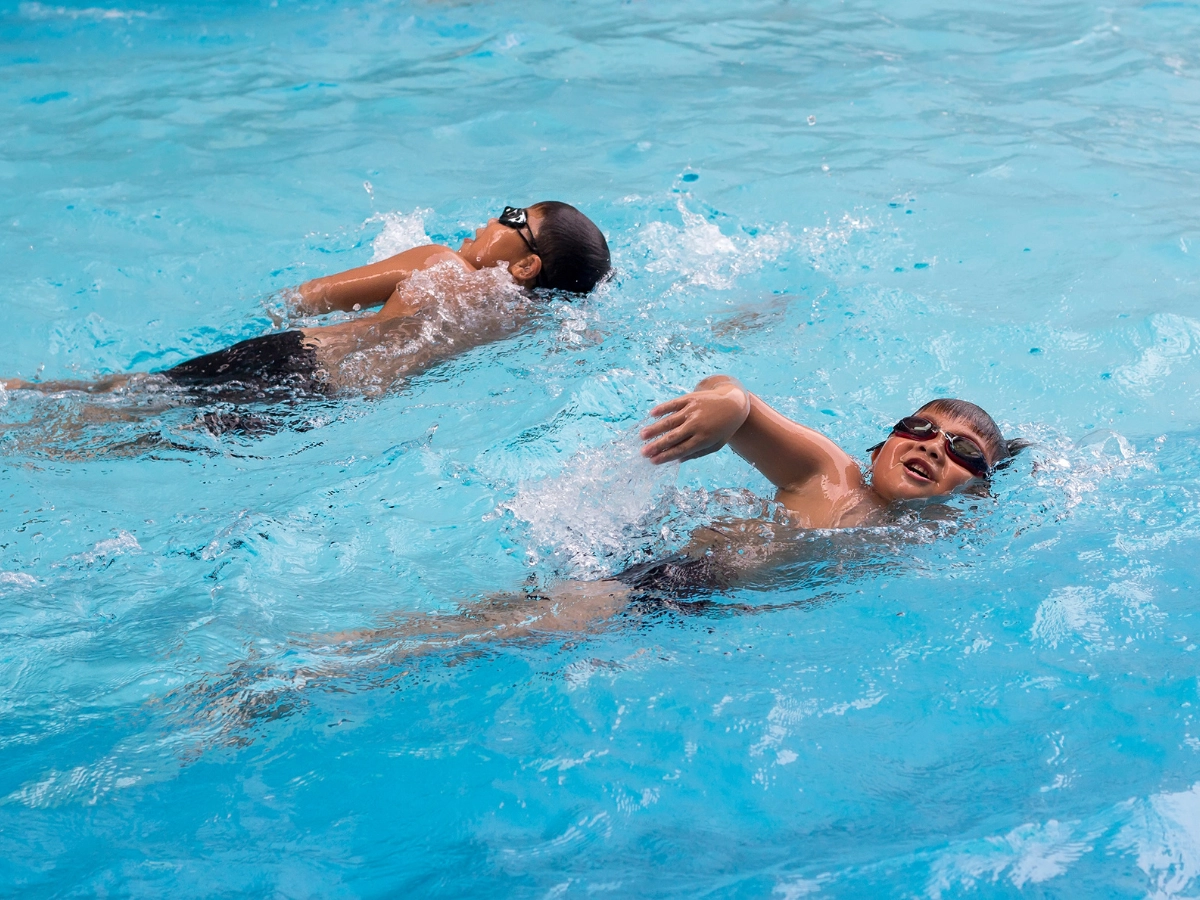Babycenter.com shares some common water myths that can put children in danger.
Myth: My child swims like a fish with her floaties on.
Truth: Swimming with floaties is not swimming.
If you look at the definition of swimming, you see that it is the ability to self-propel oneself in the water without assistance. In fact, the American Red Cross defines independent swimming as the ability to travel 500 yards – or the length of five football fields – using any combination of strokes, and to tread water without a floatation device. Floaties do not help new swimmers gain these life-saving skills.
Myth: Dog-paddling gets my child where he needs to go.
Truth: Dog-paddling is not swimming.
When children swim with their heads out of the water, their feet drop down, creating drag and slowing their progress. Hands and feet remain in constant motion to prevent sinking. Dog-paddlers tire easily, and can become panicked by fatigue, splashing and accidental submersion if they stop moving. To be safe, parents should be in close proximity when children are dog-paddling. When a child demonstrates real swimming, such as freestyle or breast stroke, the stroke mechanics provide time for exertion and recovery, allowing the swimmer to move easily and with endurance.
Myth: My child loves the water. Just don’t get her face wet!
Truth: Children who are not comfortable putting their faces in the water do not love water.
Reluctance to put the face in the water indicates fear or hesitation. Floatation devices perpetuate this fear by making it easier to keep their head above the surface. Not until children are comfortable becoming fully submerged will they ever be truly comfortable and confident in water. Studies show that children who know how to submerge are safer in and around water. They stay calmer under water, and find more recovery strategies should they fall in. Good swim lessons teach submersion techniques to children as young as six months old. They younger a child is exposed, the faster and easier it is for going underwater to become second nature. Older children can overcome their fear and discomfort for submersion with patience and proper coaching.
Myth: She’s safe in the pool as long as she has swim ring.
Truth: Most floatation devices are considered toys and not lifesaving devices.
Just read the packaging of any swim aid and you’ll find the words NOT A LIFESAVING DEVICE. Only U.S. Coast Guard-approved floatation devices prevent drowning since they are specifically designed to prevent submersion. Unfortunately, these do not help children test their mobility and breath control, and many exploring children can remove them. Children should be constantly watched when wearing floatation devices. They should be used as a supplement to swim lessons or supervised water exploration so children do not develop a dependence on them or gain the false notion that they know how to swim.
Myth: Just give her a few summers and she’ll get the hang of it.
Truth: Year-round swim lessons promote water safety and lifetime swim skills.
Swimming is not just for summer. Numerous indoor pools and water parks make swimming a year-round option for recreation, birthday parties, field trips and more. Unstructured seasonal exposure to water can look like progress at first, but often reinforce bad habits. Regression is common among young children that swim only seasonally, so the idea that children will pick up where they left off is not realistic. Children need regular guided practice to learn swimming, and swimming-skill milestones are achieved along with physical and cognitive growth.














